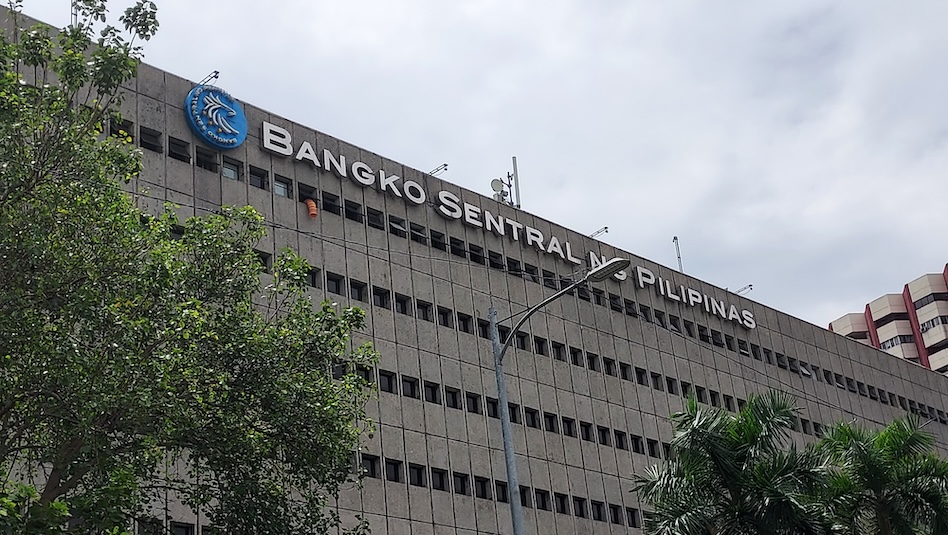Philippines: Can Remolona forge ahead of the Fed again?
The BSP governor’s strategic rate cuts came before US Fed moves, balancing growth and inflation amid economic uncertainties.

With the first Bangko Sentral ng Pilipinas (BSP) rate cut out of the way, we talked about the shift in focus from “will they cut” to “how deep will they cut”.
Today we look at the timing of potential BSP moves in the coming months.
Primus inter pares
The Philippine economy, like many emerging markets, is closely tied to US monetary policy due to trade relations, remittances, and capital flows. This makes the BSP particularly attentive to US Federal Reserve (Fed) decisions, as they significantly impact the Philippine peso, investment flows, and overall economic stability.
However, with Fed Governor Jerome Powell signaling easing at the September Federal Open Market Committee (FOMC) meeting, BSP Governor Eli Remolona Jr. opted for the BSP to become the first South East Asian central bank to cut rates, effectively running ahead of the Fed. Governor Remolona’s stark shift in focus was notable mid-year as he indicated he would not “wait long” to ease rates in order to support growth momentum. Philippine second quarter Gross Domestic Product (GDP) did show some signs of moderation for household consumption and private investment, prodding the BSP to quickly reverse previous tightening carried out in October 2023.
Perfect timing
Initially, the move of the BSP was met with some concern as jumping ahead of the Fed was expected to generate pressure on the peso as interest rate differentials would ostensibly narrow. However, the timing of the August BSP cut coincided with a pronounced slide for the US dollar, with regional currencies rallying hard in anticipation of the FOMC reducing rates up to four times within the year.
The end result was that Governor Remolona was able to reverse his previous tightening without any undue pressure on the peso.
Runway is clear for investment takeoff
Governor Remolona displayed central bank independence by forging ahead of the Fed last August given his expectations for domestic inflation amid a landscape of moderating Philippine growth.
The central bank expects inflation to stay within target this year, next year, and the year after that, suggesting that the primary objective of price stability remains well in-hand. Meanwhile, despite the initial rate cut from the BSP to reverse its October 2023 hike, the Philippines continues to enjoy sizable real rates with the policy rate at 6.25% and the BSP expecting inflation to average 3.3% for the year.
This indicates that the BSP is probably the central bank in the region with the most runway to reduce policy rates to more normal levels to help chase growth objectives. A healthy 150 basis points (bps) of cumulative reduction over the next couple of months could help generate a takeoff for private investment and ensure a more sustainable course for growth.
Can he do it again?
So, he jumped ahead of the Fed. Can he do it again? Given the precarious timing of FOMC and BSP policy meetings, we could see Governor Remolona facing the option to cut rates ahead of the Fed again or to alternatively “hug the Fed” by reacting to what Powell would do. The BSP meets in October and in late December while the Fed meets in September, November, and mid-December.
The market is currently pricing in four rate cuts from the Fed and we believe we could see the BSP going ahead of the Fed and reducing policy rates at its October meeting. This would cement Remolona’s reputation as a front runner as BSP remains focused on supporting growth now that the inflation outlook remains favorable.
We retain our 2+1 rate call (two cuts with a possibility of a third cut) for up to 75 bps worth of rate cuts by the central bank.
NICHOLAS MAPA is Metrobank’s Chief Economist, Market Strategist, and Head of the Research and Market Strategy Department in the Financial Markets Sector. He graduated from the University of Asia and the Pacific (UA&P) with an undergraduate degree in Humanities and a Master of Science (MSc) in Industrial Economics. He also completed an MA in Economics from Vanderbilt University and an MBA from the Kelley School of Business at Indiana University. He travels regularly with his family, enamored by culture and history. An avid learner, he also reads extensively.







 DOWNLOAD
DOWNLOAD




 By Nicholas Mapa
By Nicholas Mapa